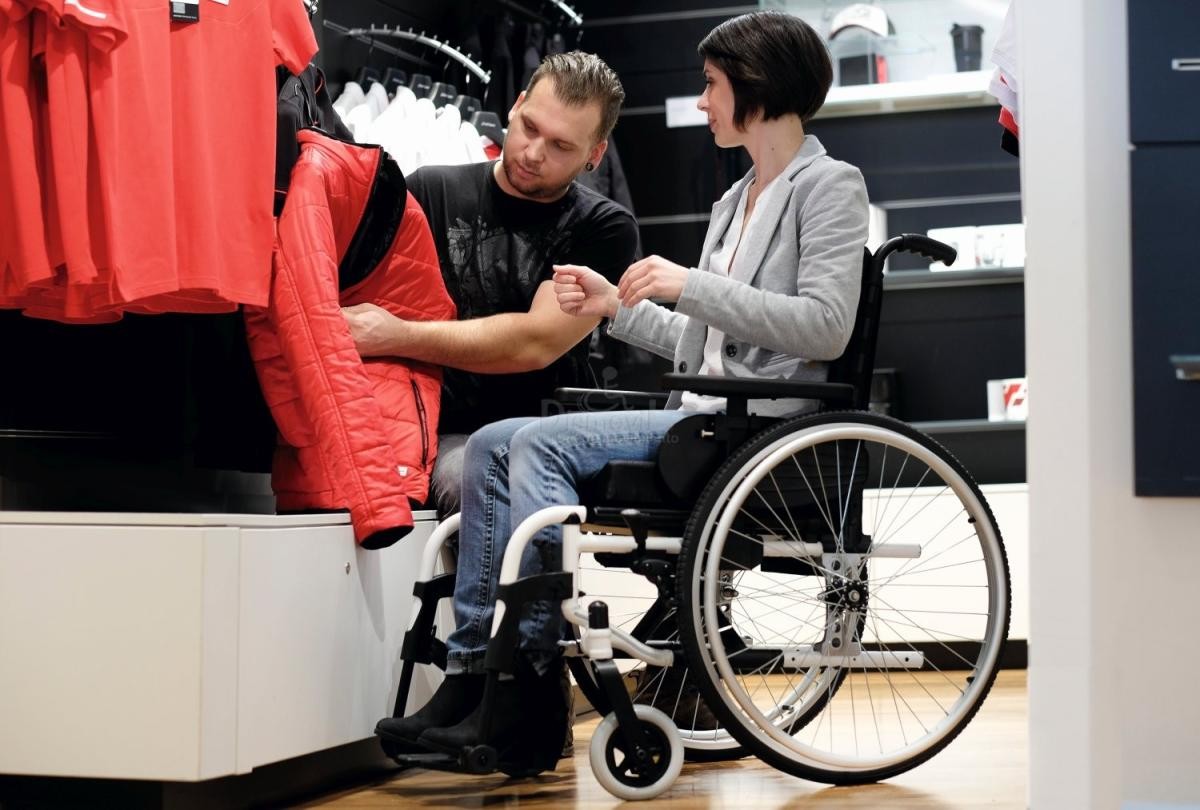Ultimate Guide to Buying the Right Manual Wheelchair
Ultimate Guide to Buying the Right Manual Wheelchair
Manual wheelchairs are one of most demanded mobility products by our clients. These chairs are essential for those with reduced mobility who, in most cases, are dependent and need another person to take them from one place to another, either with a self-propelled wheelchair or a non-self-propelled one. It can happen that the user may not need external help when moving the chair with the wheel rims (self-propelled wheelchairs). For more differences and features, you can read on.
You should buy a manual wheelchair if...
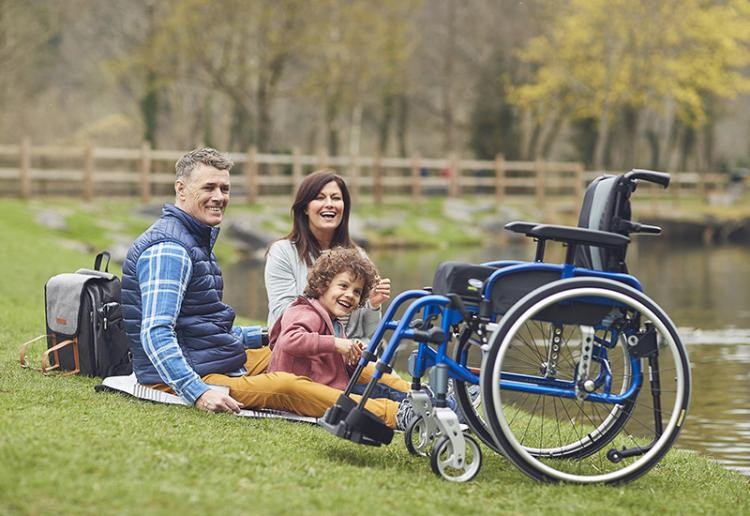
In principle, it would be said that the user of the manual wheelchair is that person with reduced mobility who cannot operate it autonomously, depending on another person to carry him. However, and as we have already said, there are non-propelled but also self-propelled wheelchairs, which are those that allow the user or patient to move the chair using the wheel rims.
Let's see the different types.
Choice, How to choose the wheelchair?
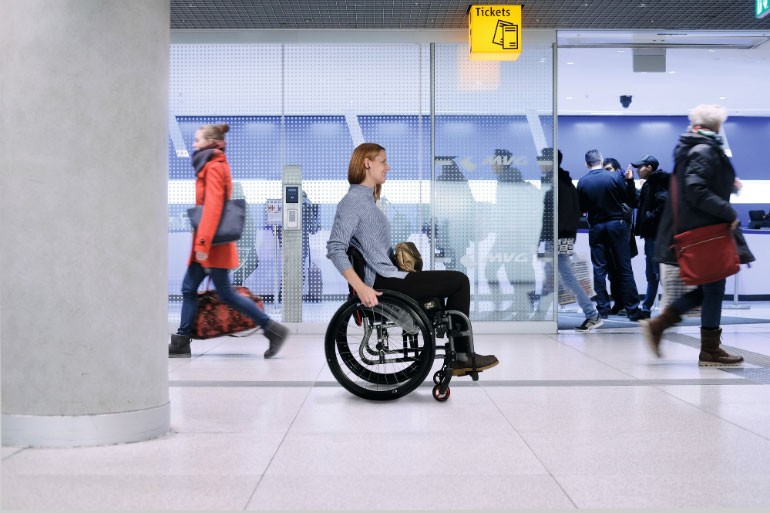
It is very important that the wheelchair fully adapts to the person who is going to use it, therefore it must be analyzed:
- Pathology and degree of disability
- Physical characteristics such as body measurements and weight
- Patient's lifestyle, work (long distances) or hobbies.
- The ease of folding and transport, the lower the weight the easier.
- Security, they are prepared to avoid falls and overturns.
- The characteristics of the environment, although these are adapted once the wheelchair is acquired: dimensions of the doors (at least 5 centimeters on each side are recommended) and the corridors, and placing ramps or other peculiarities.
What do I have to consider when choosing between different manual wheelchairs
The choice of one wheelchair or another will depend on three very personal factors: suitability for the user, for use and for the environment. Generally, all wheelchairs can be configured in terms of size and position of the seat and backrest, and have adjustable and removable armrests and footrests.
What types of manual wheelchairs can we find?
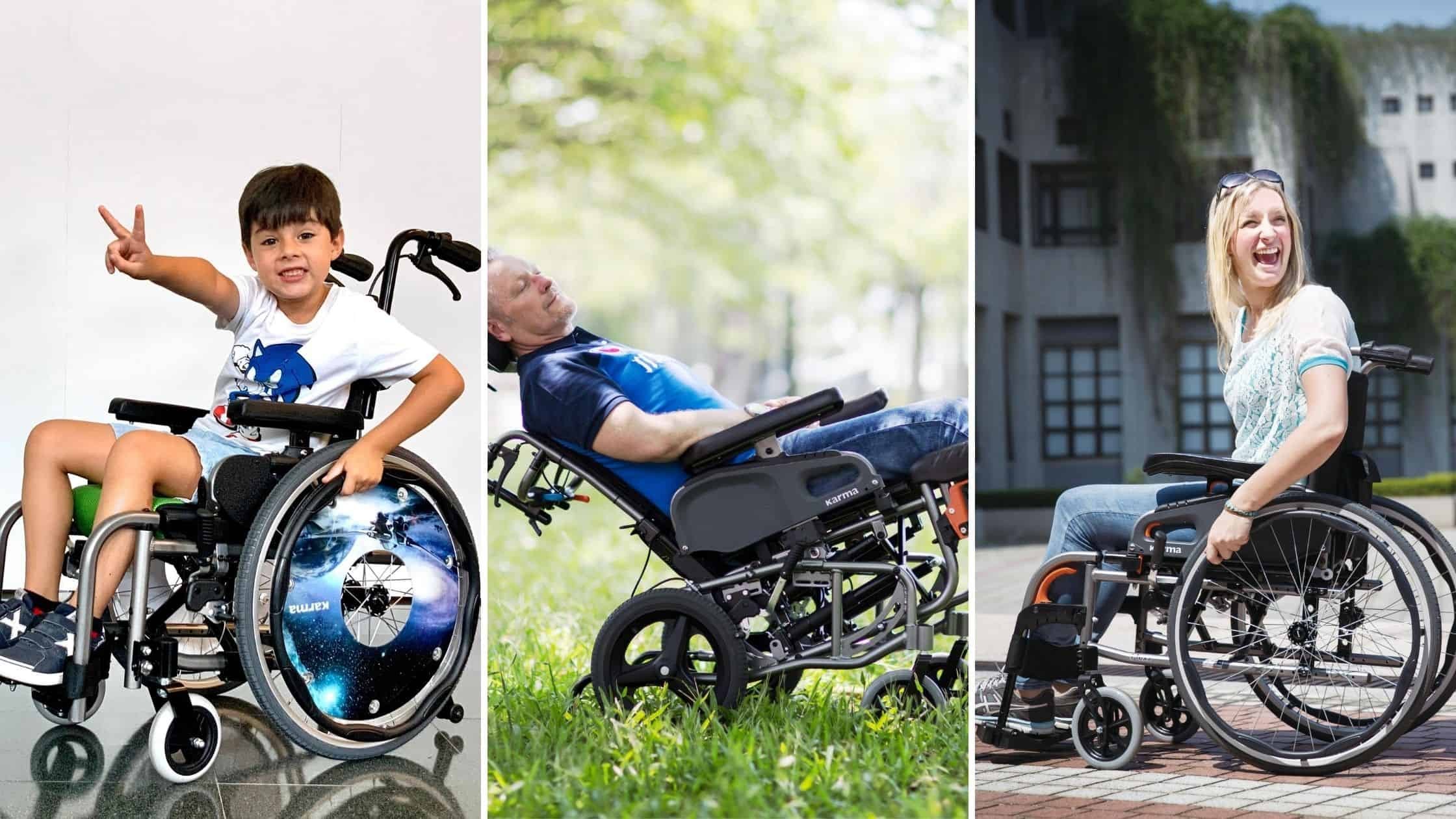
There are different types of wheelchairs, depending on the needs
Manual wheelchairs
- Self-propelled wheelchair that can be pushed by the user himself or by the companion.
- Non-self-propelled wheelchair that can only be pushed by the passenger.
Sports chairs designed for sports use
Electric wheelchairs for those who do not have the strength to propel it
Portable Stair Climber
Wheelchairs for the beach
Bariatric wheelchairs designed for large or heavier people
Smaller pediatric wheelchairs designed for children
Environments in which manual wheelchairs are used
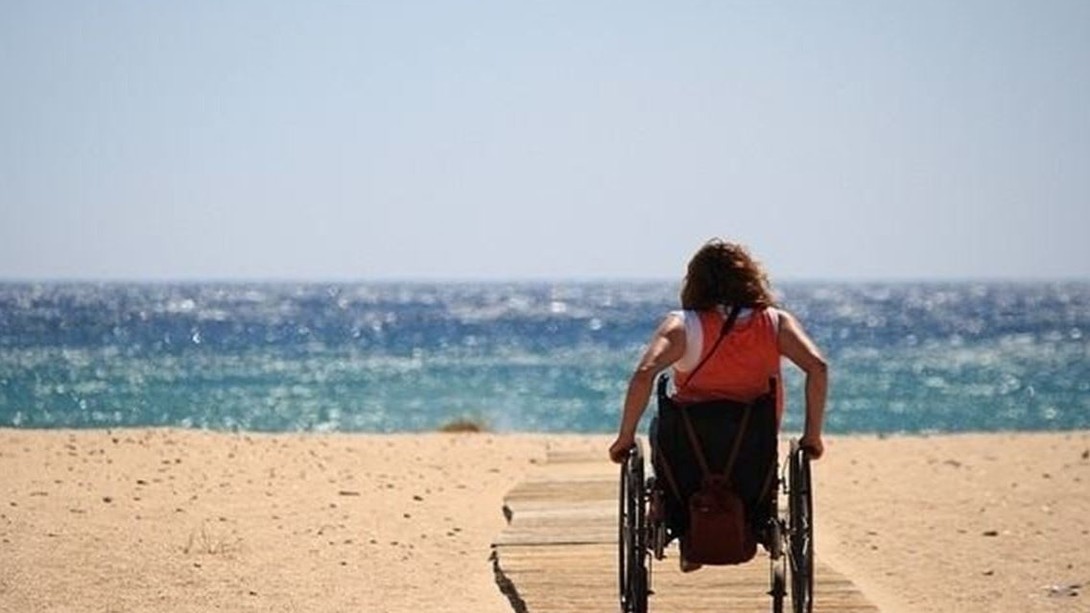
It is important that you think about the different environments and scenarios where you will use the wheelchair: home, city, at work, vacation, type of surfaces, etc.
At Home: The critical features of the wheelchair will affect its ability to transfer (get in and out of the chair). What is the height of the seat from the ground? How does that height compare to your bed, for example? How are the armrests or footrests removed for easy transfer? What is the total width of the chair? Will it pass well through the door frames?
In the City: How do you get around in your city? Do you need to fold the chair when using your car? Do you have a hard time propelling the wheelchair with your arms? Do you get very tired when you go shopping or visit your friends? A lightweight and folding power chair option (lightweight folding power wheelchairs or mobility scooters) might provide you with a more efficient method and less tiring for you on the move. Are there sidewalks and curbs where you will moving around? All of these questions are important to ask yourself.
Types of surfaces: Will you be spending a lot of time outdoors - trails, fields, gravel, or will you be visiting stores or malls? - surfaces with smooth surface, doors wide open. Your choice of tires, wheels and type of base can make a big difference when moving around, for example in a shopping center, rather than going on trails.
Transportation - Where you live and transportation options can have an impact on the characteristics your manual wheelchair should meet.
Public transport: The bus or metro is becoming more and more accessible for passengers using a mobility device on wheels, whenever they want to go where the bus is going.
Private Transportation: (owning your own vehicle) gives you the most flexibility and freedom, when you depend on a wheelchair to get around. However, placing your mobility device on wheels in the car will present a number of questions. Can the chair be folded? Can you easily store it in the trunk or in the car? Can you store it in the trunk and then walk to the door of the vehicle? Some users of wheelchairs or mobility scooters have a van or minivan, specially adapted with a ramp, lift or a hoist. These are keys to independent mobility. Adapted vehicles are expensive and for many people, they are simply not an option.
Type of manual wheelchairs
By wheel size
Large Wheel Manual Wheelchairs
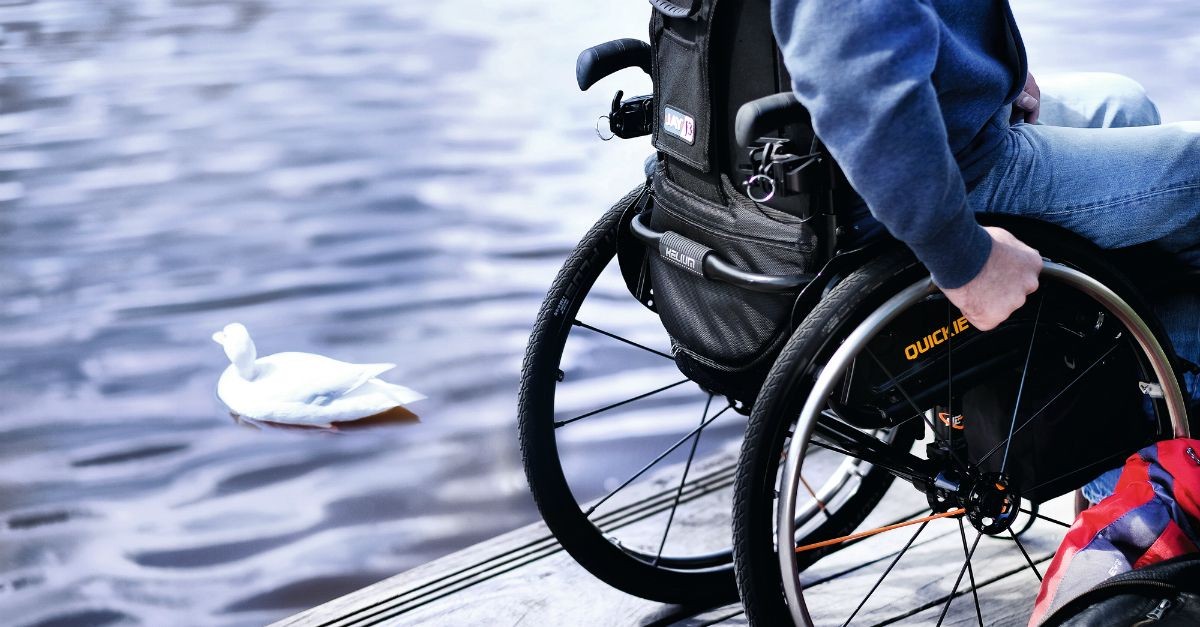
These manual wheelchairs are useful for outdoors as they better save the terrain with potholes, steps or any other irregularity. In addition, these large-wheel manual chairs are classified as self-propelled wheelchairs, since the diameter of the wheel is large enough that the user can handle it alone. They are also more comfortable for the support person moving the patient from one location to another.
Small Wheel Manual Wheelchairs

Small wheel wheelchairs are intended for indoors and in narrower spaces where large wheels can hinder the movement of the chair. These chairs are non-self-propelled wheelchairs since the patient cannot reach the wheels and therefore cannot move by himself.
By type of propulsion
Self-propelled manual wheelchairs
As we have already said, they are those with a large wheel and have metal rings built into the wheel, which allows the user or patient to move autonomously. These chairs are common in hospitals or in patients who have suffered an accident that does not allow them to move their legs but the upper body.
Non-self-propelled manual wheelchairs
They are those with a small wheel but they can also be those with a large wheel. What defines them as not self-propelled is that it will be a second person who will carry the patient from the chair from one side to the other. Here the type of users are dependent people who, for whatever reason, cannot move their own manual wheelchair.
Versatile manual wheelchairs for both uses
Although, as we have been explaining, each chair has a specific use, there is some exception, in which a self-propelled manual wheelchair can have uses and advantages of a self-propelled and non-self-propelled chair. The example of customers looking for a non-self-propelled chair is relevant because they tend to be narrower and fit better through door frames. There are self-propelled chairs that have the advantage of "becoming" narrow and fitting through almost any door frame, this is the case of Narrow Self-Propelled Wheelchair or Forta Line Giro Chair.
Narrow Self-Propelled Wheelchair
If you have any questions about which manual wheelchair to buy, you can contact our team or go directly to our wheelchair store in Madrid, next to the Retiro park. We also offer a manual wheelchair and electric wheelchair rental service. We will be delighted to assist you.
